There are many variations of Irish soda bread that have been created over the years. This one is the traditional one and soon I will share the other one we make with caraway seeds and raisins.
Jump to:
My husband and I both have some Irish heritage in our family lineage. We love some Irish soda bread, as well as corn beef, and cabbage. The boys love Irish soda bread too! They love corn beef, but even telling them that dinosaurs eat lettuce, they will not touch the cabbage.

The History of Irish Soda Bread:
Irish Soda Bread doesn’t nearly date back to the days of St Patty himself, but rather only a couple of centuries. Irish Soda Bread was first created in the late 1830s when the first iteration of baking soda or bicarbonate soda was introduced to the United Kingdom (U.K.).
Due to Ireland’s financial strife and lack of access to ingredients, the inspiration for Irish Soda Bread was one of necessity, to make the most of essential and inexpensive ingredients: “soft” wheat flour, baking soda, salt, and soured milk. Since Ireland’s unique climate is only suitable to growing wheat of the soft variety, soda bread became a perfect match for the country’s home cooks.
Soda bread is an ideal Irish recipe; even families who lived in the most isolated areas with little access to cooking equipment were able to create this simple and filling dish.
Since many of the lower-class and farmhouse kitchens had no oven access, the bread was cooked in iron pots or on griddles. This unique cooking method resulted in the signature dense texture, hard crust, and slight sourness that soda bread is known for. Sour milk was most commonly used in the early days of the bread’s history, thanks to its high acidity levels, but now buttermilk is typically used.
Traditionally marked with a cross on the top, soda bread loaves got their signature appearance for superstitious reasons. Families believed if they cut a cross on the top of the bread that, it would ward off evil and protect the household.
However, the typical shape of the loaves varies by region. While the Southern Irish regions traditionally bake their loaves of bread round with a crossed top. The Northern areas divide their dough into four pieces, cooking triangle-shaped flatbreads on a griddle.
To make a loaf of this beloved bread for your own celebration, try this Traditional Irish Soda Bread recipe.
How to make traditional Irish soda bread:
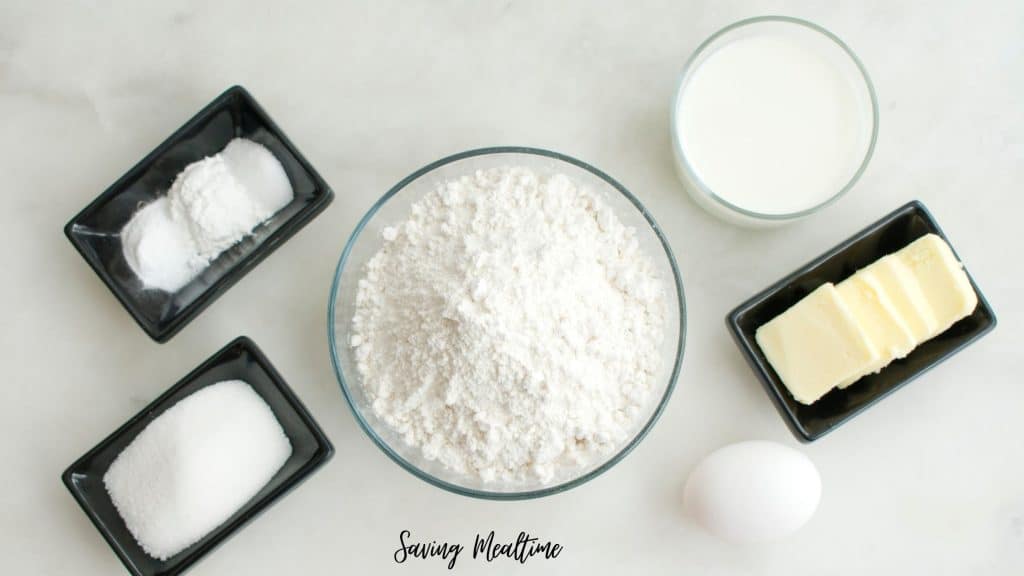
You will need the following:
- all-purpose flour
- baking soda
- salt
- Kerrygold butter because it does say it's from Ireland, and the creaminess of it gives a nice crisp outside and moist inside.
- whole-wheat flour
- buttermilk
Pretty much you will mix all these together until it resembles a coarse meal. Then put in a pan and bake.
What is Kerrygold Butter?
Kerrygold Unsalted Butter has a higher butterfat content and is the perfect butter for baking. You’ll notice its grass-fed cow’s milk richness when you bake for the first time and find your pie crusts are flakier, and your cookies are more delectable thanks to Pure Irish Butter.
What to pair Irish soda bread with:
- Cornbeef
- Cabbage
- Oven Roasted Radishes
This bread is amazing for any meal and be prepared for your guests to ask for seconds! Enjoy!

Traditional Irish Soda Bread
Ingredients
- 1 c sifted all-purpose flour
- 2 tsp baking soda
- 1 ½ tsp salt
- ¼ c butter Kerrygold is recommended
- 3 c whole-wheat flour
- 1-⅔ c buttermilk
Instructions
- Preheat oven to 400 degrees
- Sift together all-purpose flour, baking soda, and salt in a large mixing bowl. Cut in butter with a pastry blender until mixture resembles coarse meal.
- Stir in whole wheat flour, mixing well. Add buttermilk, stirring until the dry ingredients are thoroughly moistened.
- Turn dough out onto a lightly floured surface, and knead about 5 minutes. Shape dough into a round loaf; place on a greased baking sheet.
- Using a sharp knife, cut a cross ¼-inch deep on top of the loaf.
- Bake at 400° for 40 minutes or until a toothpick comes out clean.
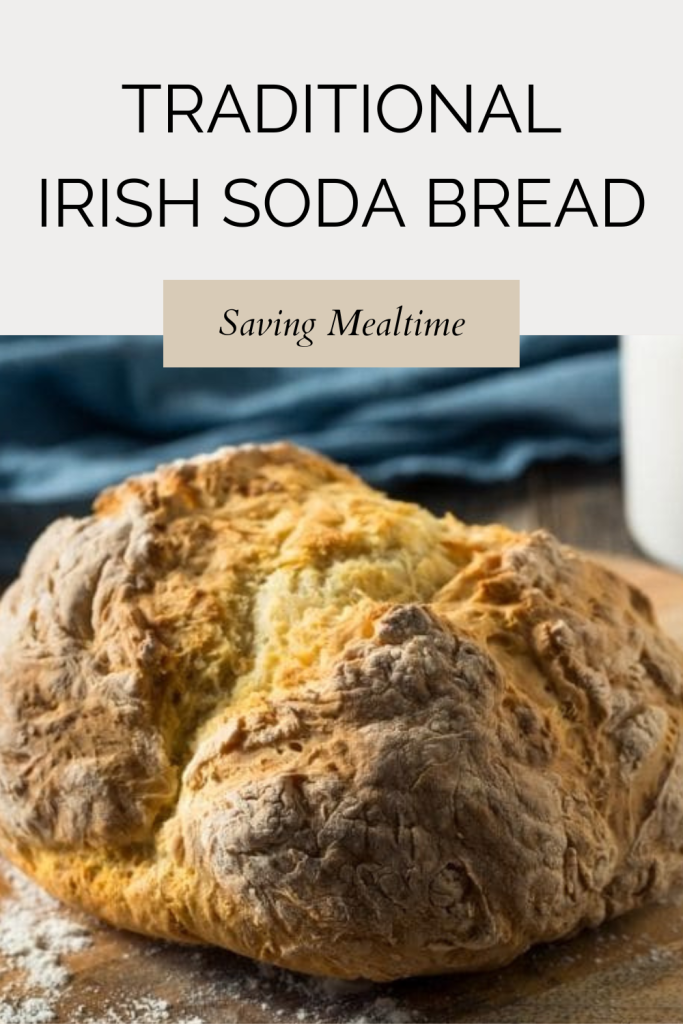


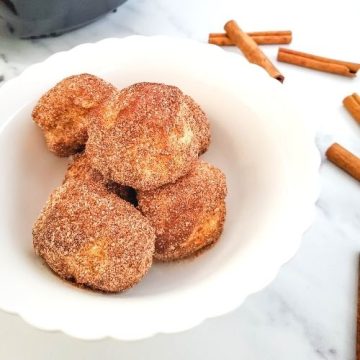
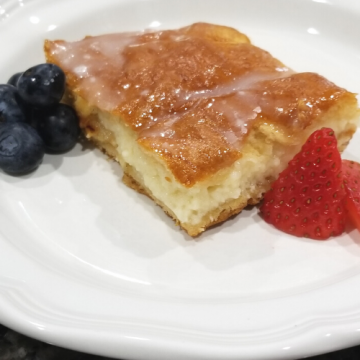
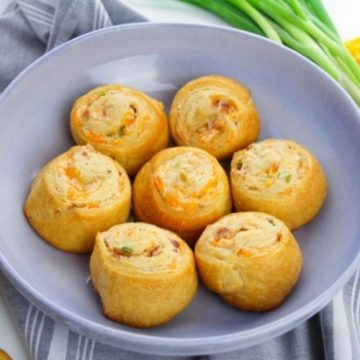
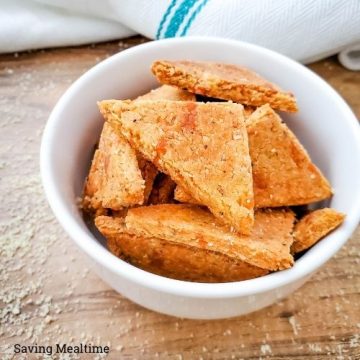
Alyssa
I love Irish soda bread! I really like that you used whole wheat flour and kerrygold butter in this recipe! Going to have to try it out soon 🙂